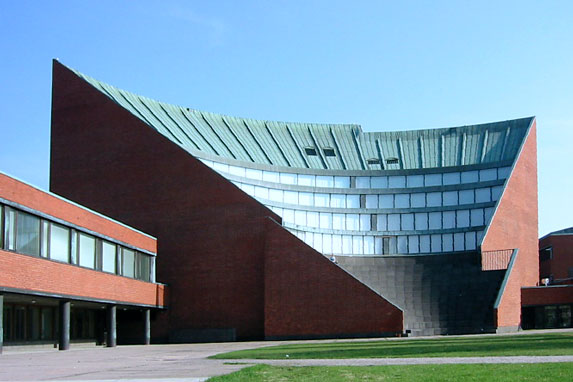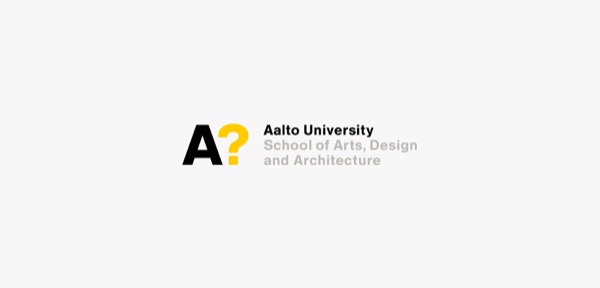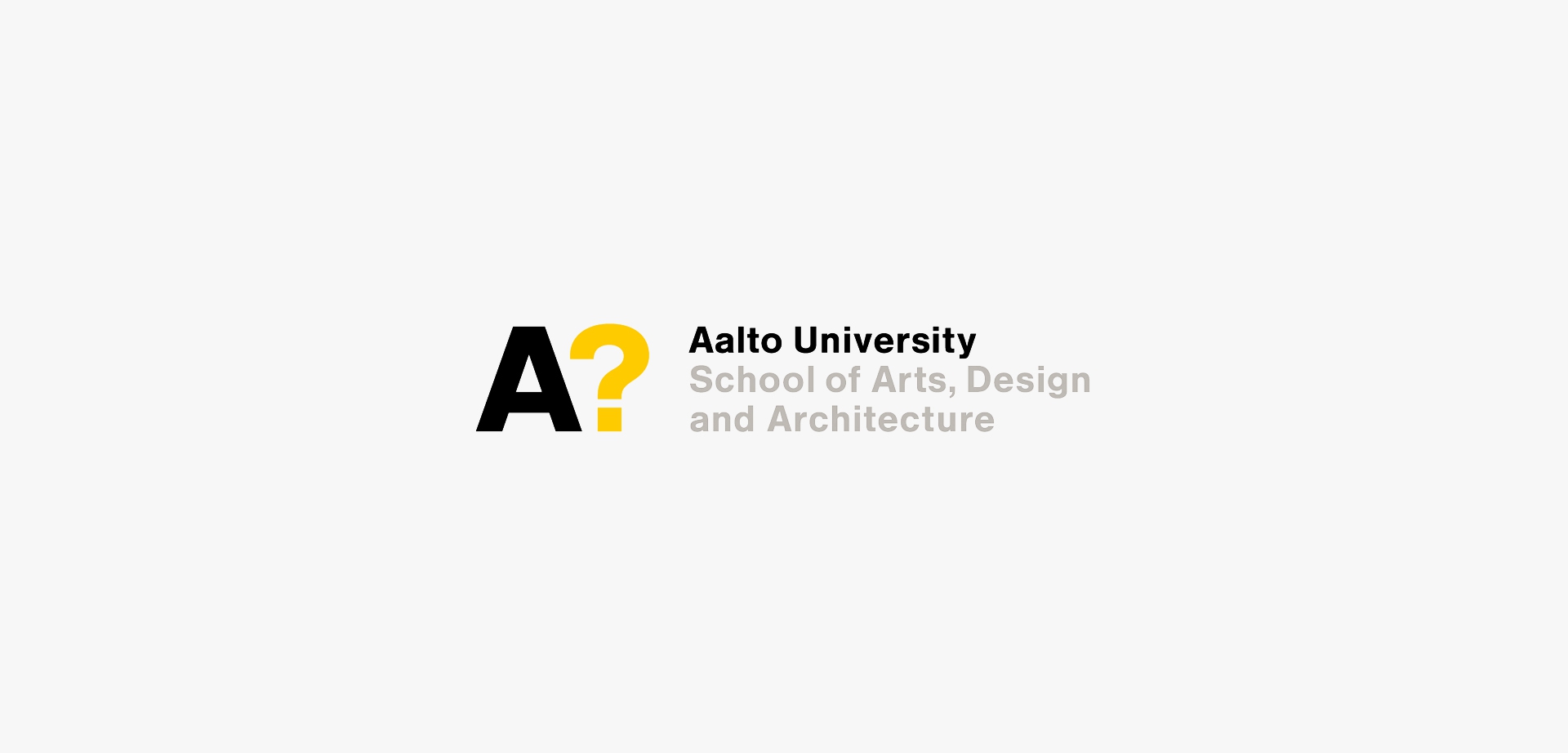The new school combines the areas of design and implementation of human-oriented environments as well as areas of research and teaching based on humanistic and cultural traditions.
Cooperation and interaction between the different disciplines of the school challenge technology-driven thinking and put greater emphasis on a human and user-centred approach in the creation of environments. The school's unique character is a result of its ability to combine experience stemming from a long tradition with new thinking in a way that enables new, creative solutions.
The key areas of research are design, digital media, audiovisual representation, art, visual culture, well-being architecture and emerging technologies, and urban planning and design. The school produces specialists and innovators of art, design and architecture with strong artistic and technical skills.
The links between teaching, research and artistic activities and other society, business and culture are active and very close. Partners include top Finnish and international universities and centres of expertise, such as MIT, Stanford, Harvard, Delft, KAIST, Chalmers and Nokia.
Since the 1970s, the aim of education at the School of Art and Design has been to deepen students’ scientific and artistic competence, and to refine their innovative processing into professional practices. The original, traditional education in product and environmental design was gradually joined by strong training in visual communication, new media, film and television. The school's swift internationalization has opened doors to partnerships with foreign institutions and businesses, and to international markets, for example, China and Japan.
Media education, research and development, as well as multidisciplinary research schools are now integrated in the operation of the school. Since the 1990s, the establishment of multidisciplinary study programs between different universities has been part of the renewal and expansion of education. IDBM, Polis, MEDES, HSCE and Visual Journalism have paved the way for the later, more extensive cooperation of the universities.
The degree system renewed in 1994 divided the basic degree into a lower and higher basic degree: a three-year degree of Bachelor of Art (BA), and a two-year degree of Master of Art (MA). Until the end of 1999, it was possible to get a Licentiate of Art degree. The current degree structure is internationally commensurate. Since 1983, it has been possible to study for a degree of Doctor of Arts at the School of Art and Design. The first doctoral dissertations took place at the beginning of the 1990s. Today, eight to ten new Doctors of Arts graduate from the School of Art and Design every year.




